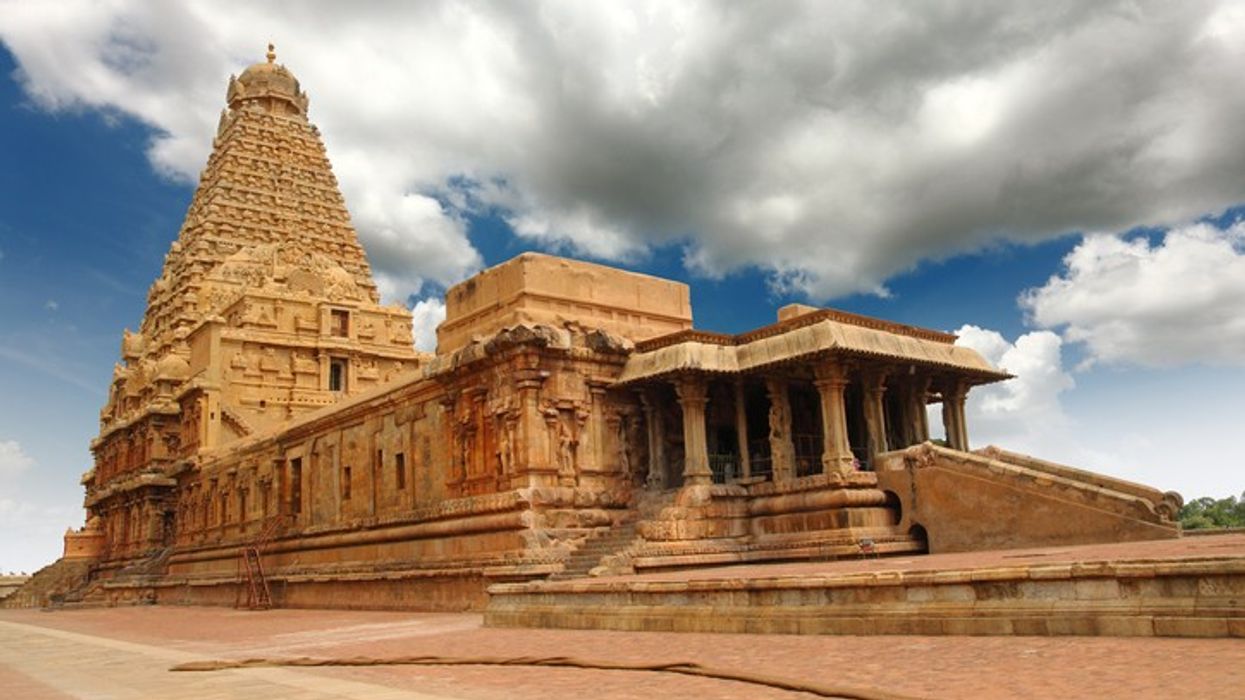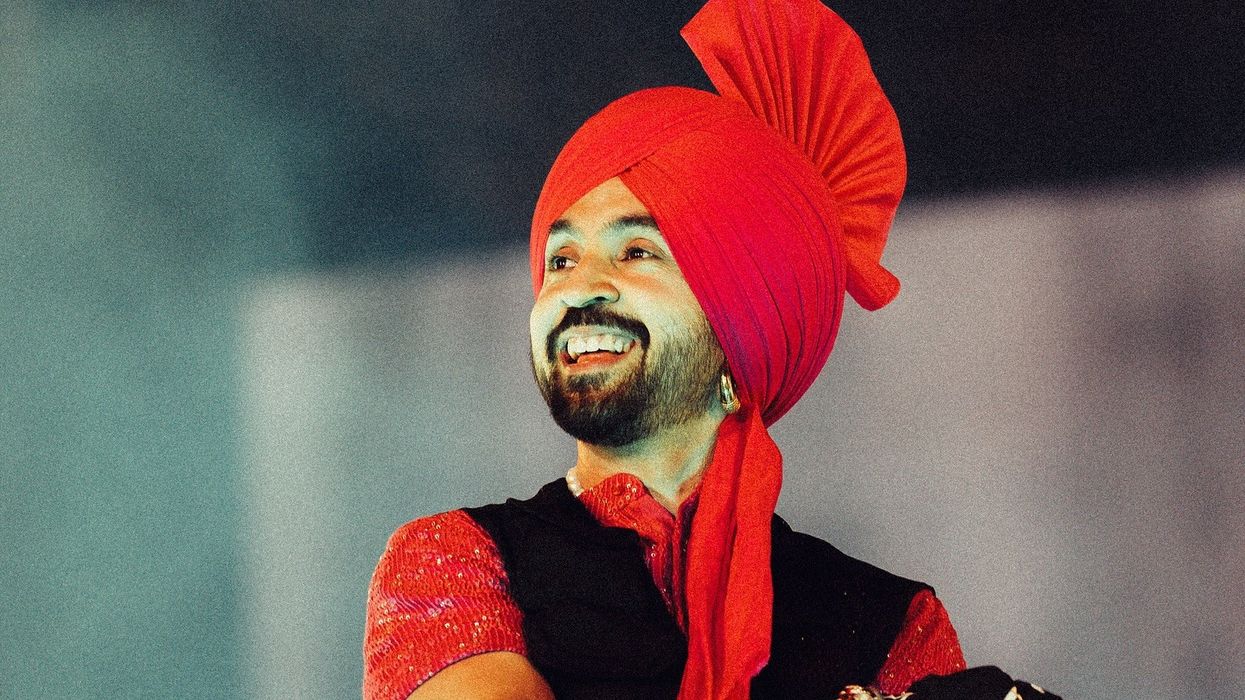Renowned Bharatanatyam artist and scholar, Bala Devi Chandrashekar, achieved a historic milestone at the UNESCO headquarters in Paris as her film centred on the Thanjavur Big Temple, also known as Brihadeeswara Temple, was unveiled in France.
Titled Brihadeeswara – Form to Formless, the film provides a profound exploration of the UNESCO heritage site in Tamil Nadu, dating back 1000 years, through the perspective of a temple dancer, or Devaradiyal considered the high priestess of the temple. Ambassador Vishal V Sharma, the Permanent Delegate of India to UNESCO, inaugurated the film in Paris earlier this month.

Chandrashekar emphasized, "The temple is a testament to India's craftsmanship and cultural philosophy, standing as an architectural marvel for a millennium and garnering admiration from people worldwide."
The film pays homage to this ancient Brihadeeswara temple situated southern state of India, Tamil Nadu. By intense research and under the guidance of the scholars this research shed light on the temple’s historical significance and vital connection between the physical and metaphysical.
Using the state-of-art technology and high quality production, the film production is aimed at preserving the essence and energy of the live performance, creating a genuinely engaging and unforgettable experience.
"All ancient texts from our region have messages that are very relevant in today's world. My mission is take on topics and present them to diverse audience across the world," she said.
The roots of Bharatanatyam, a traditional Indian dance form, can be traced back to around the 2nd century CE. The ancient Tamil epic, Silappatikaram, provides descriptions of early forms of this dance. Additionally, sculptures in temples from the 6th to 9th century CE indicate that dance had evolved into a sophisticated performance art by the middle of the 1st millennium CE.
The Brihadeeswara Temple at Thanjavur in the southern state of India which was built by Chola King, Rajaraja I of the Chola dynasty. The temple has beautiful and large mural paintings dating back to 13th century. Interestingly, there are carvings of 81 out of 108 dance poses, known as karanas, used in Bharatnatyam.
(With inputs from PTI)






 Lionel Messi's Mumbai stop sparks backlash after Bollywood takes centre stage Instagram Screengrab/viralbhayani/X/@Gaurav_5599
Lionel Messi's Mumbai stop sparks backlash after Bollywood takes centre stage Instagram Screengrab/viralbhayani/X/@Gaurav_5599 





